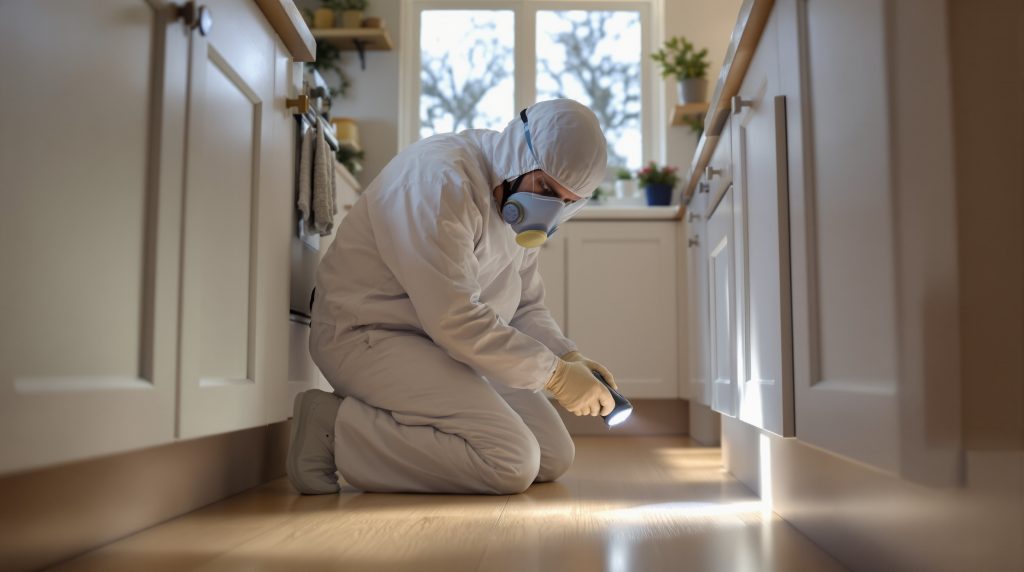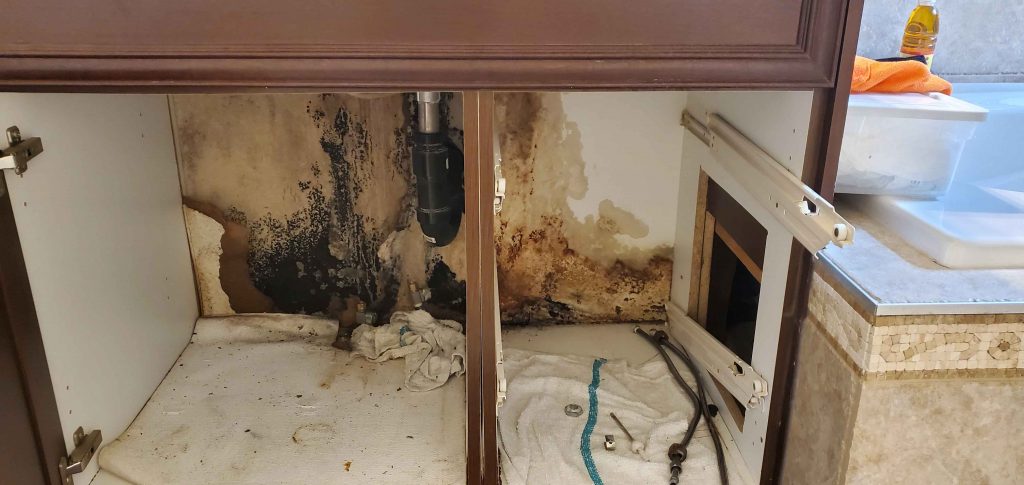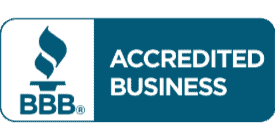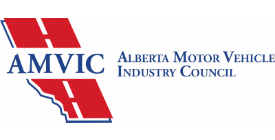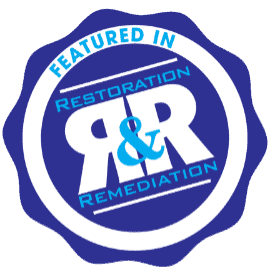How To Safely Handle Stolen Vehicles Contaminated With Fentanyl
You never know what you’ll find when recovering a stolen vehicle. Vehicles are common theft targets, and the dangers go beyond smashed windows or hotwired ignitions. Today’s epidemic of fentanyl means deadly contamination can lurk invisibly inside. Don’t risk exposure.
Safety starts with understanding the hazards and then using proper handling and cleanup. We’ll walk through the procedures step-by-step.
You’ll learn how to spot risks, protect yourself and others, and responsibly address any dangerous materials found. With preparation and care, vehicle recovery can be safe for all. Let’s begin.
Skip To What You Need To Know:
The Health Hazards Of Fentanyl-Contaminated Vehicles
Even brief exposure to small amounts of fentanyl residue can lead to overdose and death.
The most significant risks associated with fentanyl are unintentional inhalation, ingestion, and dermal absorption.
Inhalation Of Fentanyl Residue
In vehicles used to transport or produce illicit fentanyl, residue can contaminate surfaces and circulate in the air via heating and cooling systems.
While an overdose from casual exposure to fentanyl smoke or vapour in public places is unlikely, the enclosed space of a vehicle poses an increased risk.
For first responders, proper protective equipment like respirators is critical for entering a potentially contaminated vehicle during the cleanup’s odour removal process.
Accidental Ingestion Or Dermal Exposure
Fentanyl residue in stolen vehicles may adhere to frequently touched surfaces, like steering wheels, gear shifts, and door handles.
Even small amounts that enter the body through ingestion or skin contact can have dangerous, potentially lethal effects.
Professional cleanup companies follow strict hygiene practices and protective gear to minimize the risks of unintentional exposure.
Comprehensive Decontamination
The only way to eliminate health hazards from fentanyl contamination is through professional hazardous materials cleaning.
This includes sealing vents to prevent air circulation, wiping down and cleaning all surfaces, steam cleaning upholstery and carpeting, and, when necessary, removing and replacing parts of the vehicle that cannot be thoroughly decontaminated.
Stolen vehicles should be cleared by emergency responders before any decontamination or cleaning work begins.
With the proper safety precautions and professional decontamination, the risks associated with fentanyl-contaminated vehicles can be effectively managed. However, due to the potency and dangers of fentanyl, this work should only be performed by trained experts using proper protective equipment and approved cleaning methods. Public health and safety depend on the safe handling and disposal of hazardous waste like fentanyl!
What Happens When Your Recovered Vehicle Contains Traces Of Fentanyl
If your stolen vehicle is found, it can be a relief. But if it’s discovered with traces of fentanyl or other illicit substances inside, the situation becomes more complex, potentially involving risks and additional procedures. Here’s what you can expect:
Police Search And Procedure
Once your vehicle is recovered and taken into an impound lot, the police will conduct a thorough search for any evidence. This could include illicit drugs, weapons, stolen property, and documents.
However, it’s important to know that the police will not clean the vehicle. This is not part of their duties in conducting a criminal investigation.
In some cases, the police may not inform you or the tow truck driver that drugs were found.
So be prepared that any drug residues, syringes, or other hazardous materials left by the thieves may still be in the car when it is returned to you.
Insurance Company Involvement
If your stolen vehicle isn’t insured, you’ll be responsible for picking it up from the impound lot and paying the associated fees.
If you have insurance, notify them immediately. They will arrange to tow the vehicle from the impound lot (often covering a few days of fees) to a chosen body shop.
The insurer’s adjuster will inspect the vehicle at the police compound, minimizing your exposure.
Owner Responsibility
When your stolen vehicle is recovered, even if it is found with hazardous substances like fentanyl, you cannot refuse to take it back.
Refusing to accept the vehicle will result in additional storage charges by the police.
The Insurance Bureau of Canada (IBC) stresses that the vehicle remains your responsibility, and abandoning it with the police is not an option.
Hazardous Material Cleanup
If the police suspect your stolen vehicle is contaminated with drugs, the insurance company or the body shop will likely call a specialized hazmat cleanup company to test and clean your vehicle.
This can happen at the same time an adjuster is checking the vehicle for damage, putting the adjuster at risk. If the damage is worse than the car’s worth, it might get labelled salvage and sent off to auction for parts.
If the drug test results are positive, the car is usually towed to the hazmat company for a deep cleaning.
The cleanup process involves pumping a neutralizing agent into your car’s interior and HVAC system, followed by a meticulous cleaning to remove all traces of drugs, especially fentanyl, which poses significant health risks.
This process typically takes about three days.
Cost of Cleaning
Cleaning your vehicle after it’s been contaminated with hazardous materials can be a costly endeavour.
You can usually expect to pay around $2,000 for this specialized cleaning.
However, the cost can increase significantly if your car also contains blood or other biological materials.
This is due to the need to remove and properly dispose of contaminated items like seats, carpets, and upholstery.
Insurance Write-Off Decision
If the cost of cleaning and any necessary repairs exceeds your vehicle’s value, the insurance company may decide to write it off.
In this case, they’ll compensate you with a cash payout instead of repairing the vehicle.
Some insurance companies automatically write off vehicles contaminated with fentanyl due to the high risk, while others prefer to clean and return the vehicle if it has no significant body or mechanical damage.
Even after receiving assurances and thoroughly cleaning your car, you might still feel hesitant about taking it back. It’s common to worry about potential drug residue, the safety of your kids or pregnant passengers, and the risk of being caught with illegal drugs at international borders.
These concerns can linger even after the car has passed multiple tests confirming it’s free from drug traces. Rest assured, cleanup companies stress that their process is thorough and effective!
How To Report A Stolen Vehicle
- Contact The Police
- Call 911 if you believe the theft is in progress or if there is an immediate danger.
- If the theft has already occurred, call the Calgary Police Service non-emergency line at 403-266-1234.
- Provide Details
Be prepared to provide detailed information about the vehicle, including:
- Make, model, and year
- Colour
- License plate number
- Vehicle Identification Number (VIN)
- Any distinctive features or markings
- File A Police ReportVisit the nearest Calgary Police Service district office to file a report in person. Bring your driver’s license, vehicle registration, and any other relevant documents.
- Notify Your Insurance CompanyContact your insurance company as soon as possible to report the theft. Provide them with the police report number and details about the vehicle and theft.
- Check Surveillance and WitnessesCheck if any neighbours or nearby businesses have surveillance cameras that might have captured the theft. Ask witnesses for any information that might help the investigation.
- Monitor Recovery UpdatesKeep in touch with the police for updates on the investigation. You can also check the Calgary Police Service’s Recovered Vehicles webpage to see if your vehicle has been found.
Reclaim Stolen Vehicles Safely With Expert Help
The risks of fentanyl exposure require extreme caution when handling contaminated vehicles. Take all precautions to avoid contact and thoroughly decontaminate affected areas.
Though daunting, businesses can manage these risks by partnering with qualified hazardous materials experts. Individuals should immediately contact professionals to properly handle vehicles potentially contaminated by fentanyl.
While the dangers are severe, the right precautions and expert help provide a clear path to safety. Together, we can work to reduce the harm caused by this epidemic. By understanding the risks and following proper procedures, we can handle this crisis with care.
Stay Safe, Stay Prepared
Handling fentanyl-contaminated vehicles requires precision and care. Trust Mayken™ Hazmat Solutions’ services to keep you safe.
Our team of experts provides thorough cleaning, ensuring your vehicle is free from dangerous residues. With our reliable and effective solutions, you can reclaim your vehicle with peace of mind.
Take action now! Contact our specialists today and reclaim your peace of mind.

Mayken Hazmat Solutions has provided Calgary and Western Canada with high-quality hazmat services since 2006. As a registered hazardous waste carrier with the Alberta government, we can handle a wide range of situations and environments. Whether cleaning up hoarding cases, contaminations, chemical spills or crime scenes, we can take care of overwhelming situations for you. Reach out to the experienced hazmat company by calling us 403-272-1995.





